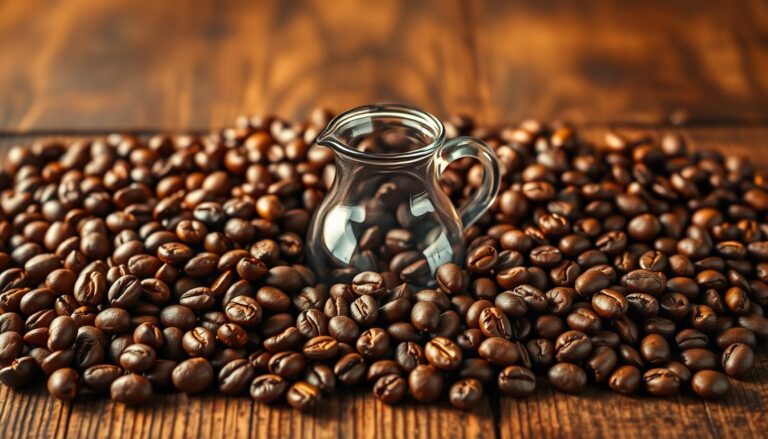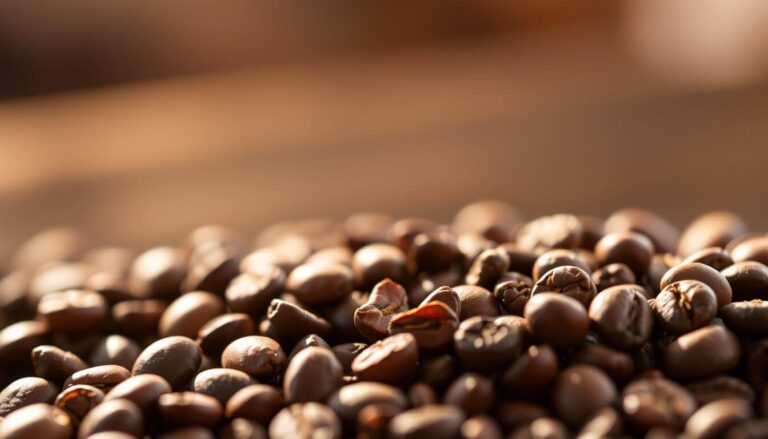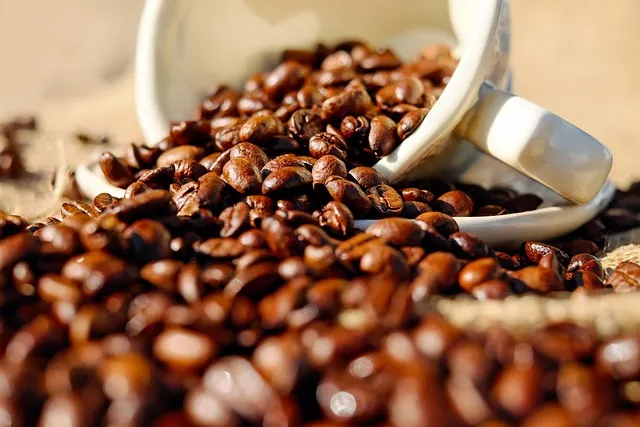How to French Press Coffee Like a pro Barista (Ultimate Beginner’s Guide)

What Is French Press Coffee?
Learning how to French press coffee is a simple yet effective way to brew a rich, full-bodied cup. Invented in the 1920s, this method uses immersion brewing to extract more oils and flavor than drip or pod machines. Also known as a plunger pot, cafetière, or press pot, it requires no electricity, filters, or pods—just hot water, coarse coffee grounds, and a few minutes of your time.
🧰 What You’ll Need
French press – Bodum Chambord French Press
Fresh coarse-ground coffee – Learn more about coffee grind sizes
Hot water (around 195°F to 205°F / 90°C to 96°C) – Why it matters: Perfect brewing temperature
Timer and spoon or wooden stirrer

| Tool | Why It Matters |
|---|---|
| French Press | 350ml–1L recommended |
| Coarse-ground coffee | Keeps your brew grit-free |
| Grinder (burr preferred) | Ensures uniform extraction |
| Kettle | Heat water to 95°C |
| Timer or smartphone | Accurate steeping |
| Stirring spoon | Helps bloom and settle grounds |
| Filtered water | No chlorine taste or odor |
📏 French Press Coffee Ratio
Use a 1:15 ratio of coffee to water. That’s 1 gram of coffee for every 15 grams of water.
| Cups of Coffee | Coffee (grams) | Water (mL) |
|---|---|---|
| 1 (8 oz) | 13g | 200ml |
| 2 (16 oz) | 26g | 400ml |
| 4 (32 oz) | 53g | 800ml |
💡 No scale? Use 2 tablespoons of coffee per 6 oz of water.
🕒 Step-by-Step: How to Brew Like a Barista

✅ Step 1: Heat the Water
- Boil and let rest 30 seconds to reach ~95°C (200°F)
- Too hot = bitter; too cold = under-extracted
💡 Pro tip: Preheat the press by rinsing it with hot water to maintain brew temp.
✅ Step 2: Grind Your Coffee
- Grind beans coarse, like sea salt
- A burr grinder is ideal for consistency

✅ Step 3: Add Coffee to the French Press
- Use the coffee-to-water table above
- For 500ml water: add 33g (or ~5 tbsp) of coffee
✅ Step 4: Bloom the Grounds
- Pour just enough water to cover the grounds
- Stir gently
- Let it bloom for 30–45 seconds (CO₂ escapes, improving taste)

✅ Step 5: Pour the Rest of the Water
- Fill to just below the metal band
- Stir again to ensure full saturation
✅ Step 6: Steep for 4 Minutes
- Cover with lid, don’t press yet
- Set timer for exactly 4 minutes
⏱ Adjust if needed:
- 3:30 = smoother, light body
- 5:00 = bolder, richer taste
✅ Step 7: Press Slowly
- Gently press down with steady pressure
- Should take 10–15 seconds
- Too much resistance = grind too fine

✅ Step 8: Serve Immediately
- Pour everything into a mug or thermal jug
- Don’t let it sit — it over-extracts and gets bitter
⚖️ French Press vs Other Brewing Methods
| Brew Method | Flavor | Oil Retention | Brew Time | Difficulty |
|---|---|---|---|---|
| French Press | Bold, rich | ✅ High | 4–6 min | Easy |
| Pour Over | Clean, bright | ❌ Low | 5–8 min | Moderate |
| Drip Machine | Mild, consistent | ❌ Low | 5–10 min | Easy |
| Espresso | Strong, intense | ✅ High | ~1 min | Hard |

🧠 Expert Barista Tips
- ✅ Use filtered or spring water
- ✅ Always preheat your French press
- ✅ Never reuse grounds
- ✅ Clean your press daily to avoid buildup
- ✅ Experiment with brewing times and beans
- ✅ Add cinnamon or cocoa to the grounds for a twist
❓ FAQ: French Press Coffee
Q: Can I use pre-ground coffee?
Yes, but it’s often too fine and may cause sludge. Look for “coarse grind” on the package.
Q: Why does my coffee taste sour or bitter?
Yes, you can use pre-ground coffee, but for the best flavor and freshness, it’s ideal to grind your own beans just before brewing. Pre-ground coffee can lose aroma and taste faster over time.
Q: How do I clean a French press?
- Dump grounds into the compost (not the sink!)
- Rinse and scrub with mild soap
- Clean filter screens every week
Q: Is French press coffee bad for cholesterol?
French press coffee contains cafestol, a compound that can raise LDL (bad) cholesterol levels because it’s not filtered out like in drip coffee. If you have high cholesterol, limit French press intake or choose filtered methods to reduce this effect. Moderation is key for heart health.




